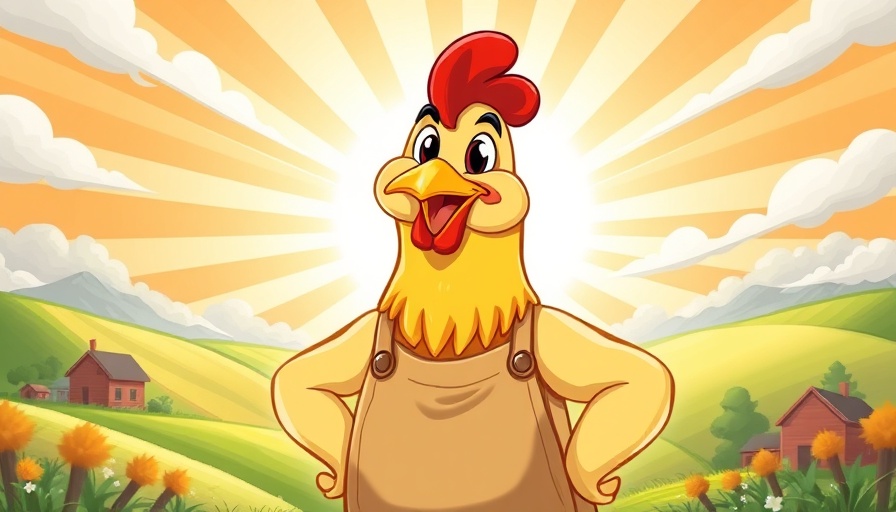
Understanding the Magical Process: Candling Eggs from Days 3 to 7
Embarking on the journey of incubating chicken eggs is a fascinating affair. For new hatchers, the anticipation of observing embryo development is one of the thrills that come with backyard poultry. One crucial technique that enhances this experience is candling.
Candling is the process where a light source is used to illuminate the interior of an egg, revealing the growth stages of the chick. As we focus on days 3 to 7, significant developments transpire that make it an exciting time. Within just a few days, one can observe vital signs of life—the formation of a heartbeat and the development of a delicate web of blood vessels.
The Importance of Proper Technique When Candling
To achieve the best results, ensure that the candling is performed correctly. Many enthusiasts often discuss the importance of using a dedicated egg candler rather than a regular flashlight, as the specialized tool seals better around the egg, allowing for optimal illumination. Additionally, conducting this process in a completely dark room is recommended; this minimizes external light and enhances visibility. This practice makes it easier to see the developing embryo, including the spotting of blood vessels by day 7.
Day-by-Day: What To Look For
During days 3 to 7, you will witness a transformation. Starting from a mere clear shell, by day 3, the embryo becomes visible alongside the impressive network of blood vessels. Observing the first flickers of movement is a poignant reminder of the miracle of life. It's essential, however, to be gentle; any jostling can affect these delicate blood vessels that are still forming.
By day 7, the embryo has grown significantly, and you may observe the black speck of its eye, symbolizing further development. Occasionally, you'll encounter clear eggs that indicate lack of fertilization or embryonic death. Identifying these non-developing eggs allows you to discard them early, maintaining the health of your incubator.
Future Insights: Ensuring a Successful Hatch
As we reflect on the candling journey from days 3 to 7, it becomes evident that creating a supportive environment is imperative. Regular candling not only reveals potential issues but also enhances your understanding of embryo development timings, ultimately guiding you to make necessary adjustments in incubation conditions.
Ultimately, the thrill of hatching can be met with numerous challenges, but with careful monitoring and a proactive approach, success rates can dramatically improve. As you look forward to future phases, remember the diligence and care that were essential in these early days.
In summary, candling is not just a practice; it is a window into the remarkable miracle of life. Be sure to utilize the right techniques, as they are key to transforming your experience into a successful journey from egg to chick.
 Add Row
Add Row  Add
Add 




Write A Comment